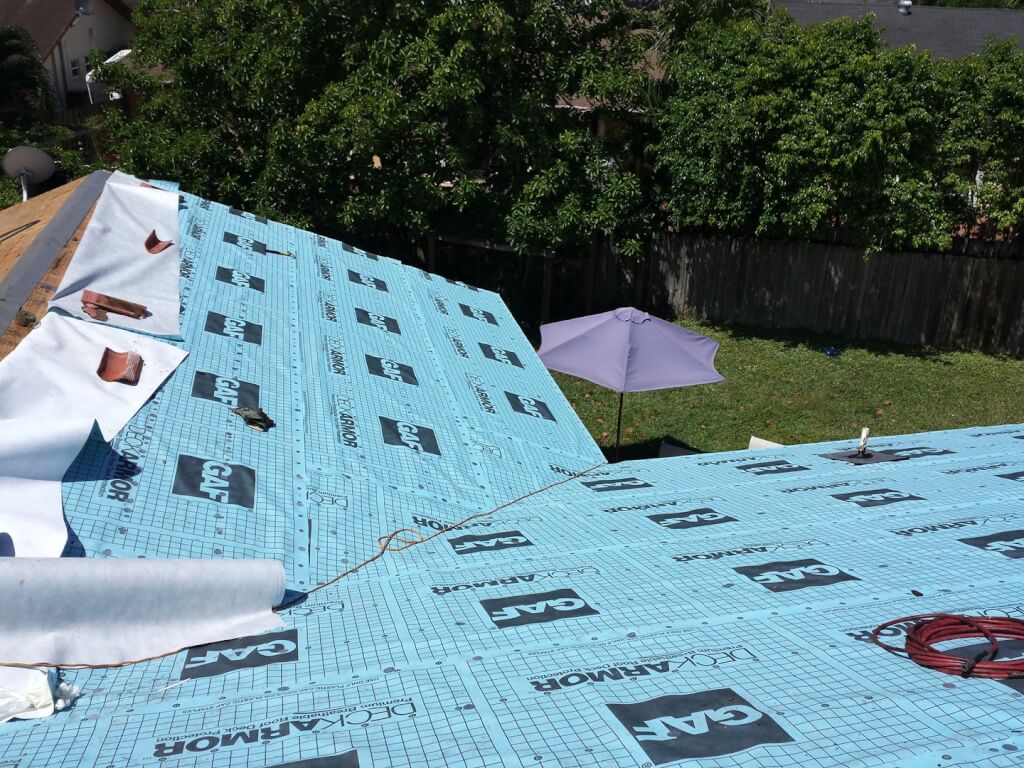With so much precipitation in Oregon, it’s important to consider the underlayment your Salem roofers are using on your home or business. There are two main types of roofing underlayment: synthetic roofing underlayment, and felt (which comes in varying thicknesses). Whichever one you pick, its primary purpose is to act as a water barrier and to help increase energy efficiency as a secondary heat and sound insulation barrier. Let’s break it down with a simple comparison:
Synthetic Roofing Underlayment
- Is lighter and bears less load on your roof
- More effective at preventing leakage
- More flexible and resistant to wrinkling
- Lasts much longer than felt paper
- Can be safer for the environment
- It is more expensive
Felt Roofing Underlayment
- Thicker felt papers can be more water resistant
- Felt is cheaper
- It is made of asphalt, which is not the most friendly material for the environment
It is no secret, we are huge proponents of synthetic roofing underlayment. We think it is the superior product, hands down. That being said, choosing to use a standard #30 felt underlayment on your project does not mean you will be sabotaging your roof by any means. It is still a good product that has stood the test of time, but our experience has shown us that synthetics can do an even better job. If your job’s budget allows for you to choose synthetic underlayment, we believe that is the option you should choose.
Our product of choice for roofing underlayment is GAF Deck Armor. Read more about this specific product at GAF’s website. If you would like to learn more about your options for roofing underlayments, give Slate & Slate Roofing a call today. Roofing estimates are always quick, free, and easy to get. There is a reason we have been one of the best Salem roofing companies for over 20 years. Give us a call today at (503) 585-2338.







